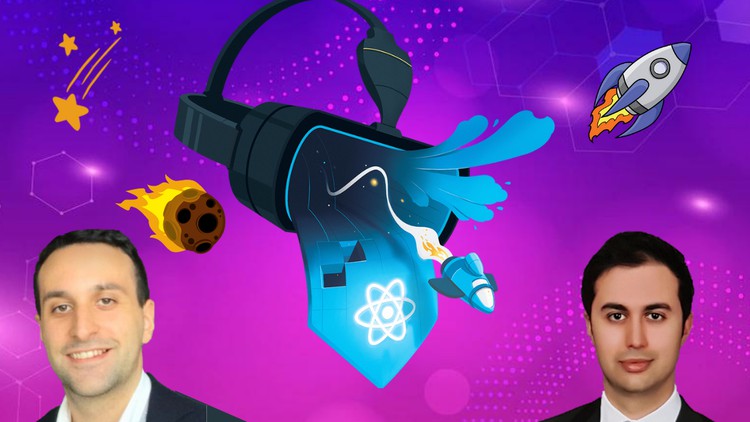The idea of the metaverse, an aggregate virtual shared space that consolidates physical and computerized truths, is rapidly developing, introducing metaverse technologies and another period of technological advancement.
One of the most expected advancements is the reconciliation of augmented reality (AR) and virtual reality (VR) technologies inside the metaverse. At present, VR headsets provide vivid encounters; however, the following stage includes flawlessly mixing virtual and genuine components. AR-improved metaverses will empower clients to associate with advanced content while staying associated with their actual environmental factors, opening up opportunities for upgraded gaming, instruction, and efficiency.
Blockchain technology is another distinct advantage in the metaverse evolution. The decentralized and secure nature of blockchain works with responsibility for resources like virtual land, things, and even money inside the metaverse. This enables clients with genuine proprietorship as well as encourages a virtual economy where computerized resources hold true worth. NFTs (non-fungible tokens) have proactively caused disturbances here, permitting clients to tokenize and exchange extraordinary advanced resources.
Interoperability is an urgent part of the future metaverse. Endeavors are in progress to make consistent associations between various virtual universes and stages, empowering clients to convey their advanced personalities and resources across different metaverse conditions. This interoperability improves the client experience and encourages a more interconnected virtual environment.

Artificial intelligence (computer-based intelligence) is set to play a crucial role in forming the metaverse technologies. High-level simulated intelligence calculations will empower more sensible and responsive virtual conditions. Man-made intelligence-driven characters and substances inside the metaverse will act powerfully, adjusting to client connections and creating a more vivid and similar experience. This opens up opportunities for artificial intelligence-driven virtual collaborators, customized encounters, and sensible reenactments inside the metaverse.
Protection and security are fundamental worries in the developing metaverse. As clients take part in progressively complex virtual collaborations, guaranteeing the security of individual information becomes basic. Developments in encryption, decentralized personality frameworks, and protection-driven technologies will be necessary to establish a solid metaverse climate that shields client data.
The metaverse is on the precarious edge of a ground-breaking evolution. The joining of AR and VR, blockchain, interoperability, computer-based intelligence, and upgraded security estimates will aggregately rethink the virtual scene. As designers and pioneers keep on pushing the limits of what is conceivable, the metaverse’s future commitments include a more vivid, interconnected, and secure virtual reality experience for clients around the world.









